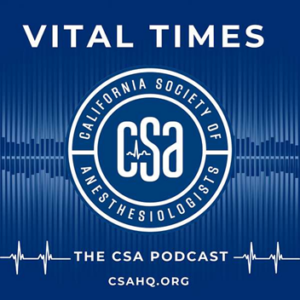
Dr. Rita Agarwal (Past President) and SPPM Board Member, Dr. Amber Borucki are featured in a podcast from The California Society of Anesthesiology discussing the safety of ketamine and indications for use in pain management.
Check out the podcast here: https://www.buzzsprout.com/2009442/episodes/15728633-patient-safety-the-state-of-ketamine-use-a-conversation-with-californian-anesthesiologists-and-pain-specialists
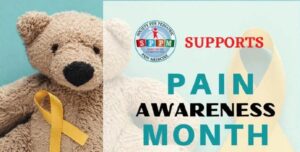
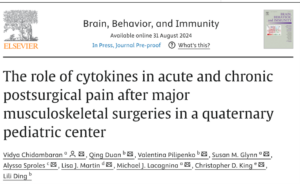
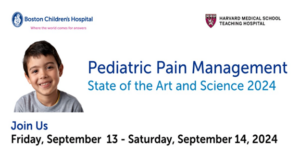
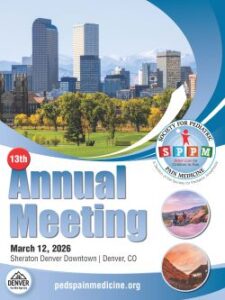 SPPM 13th Annual Meeting
SPPM 13th Annual Meeting